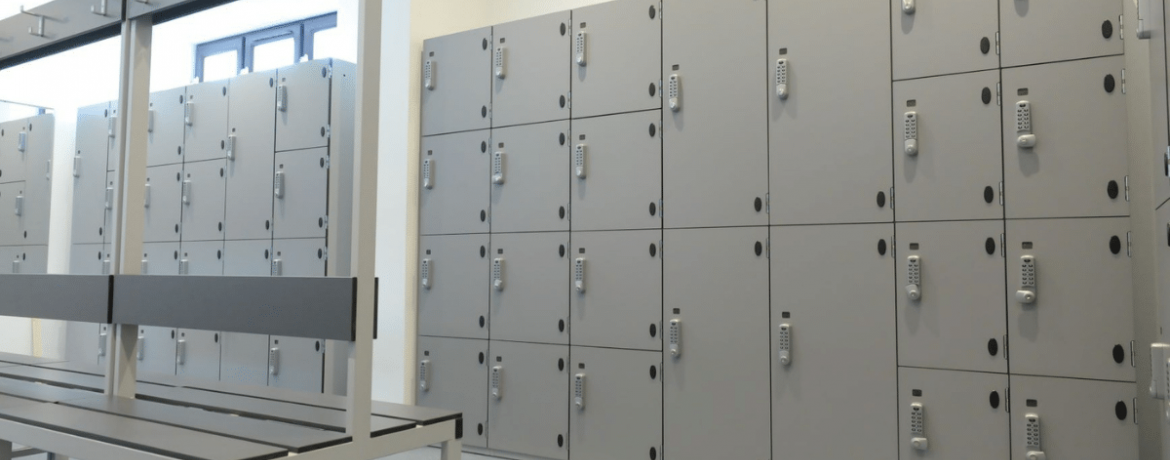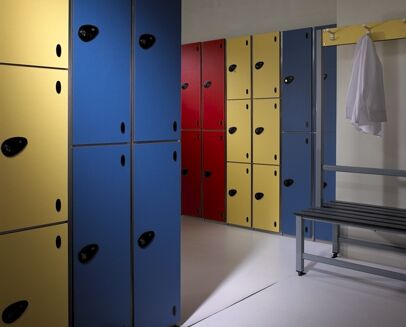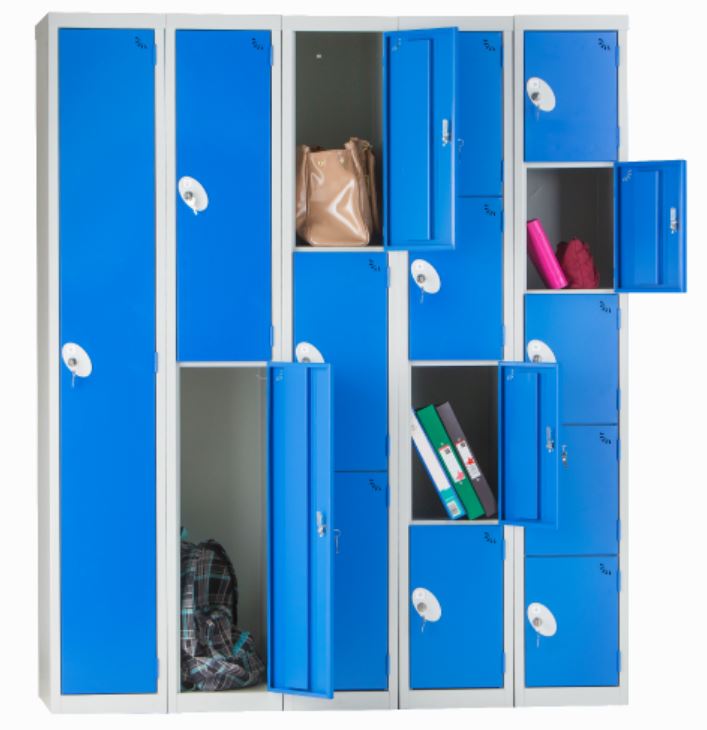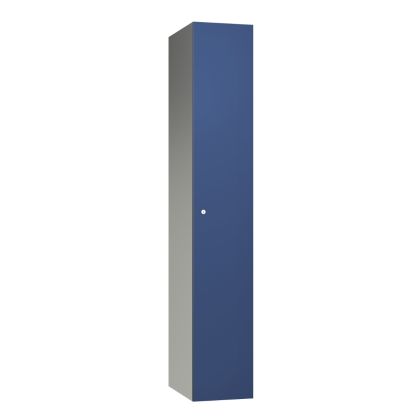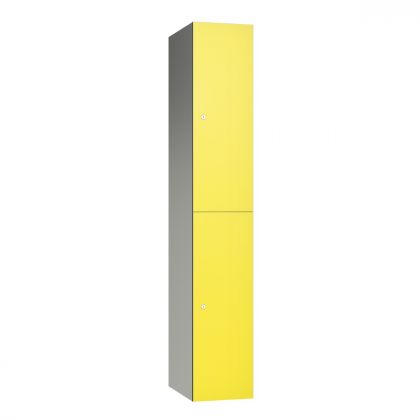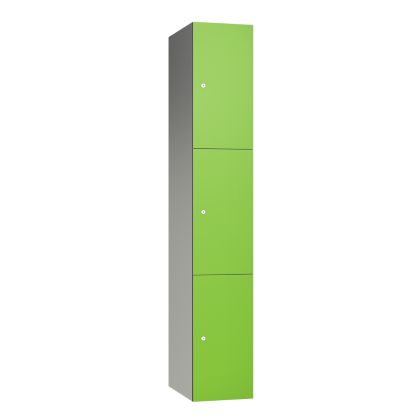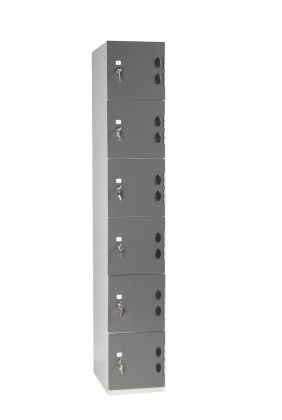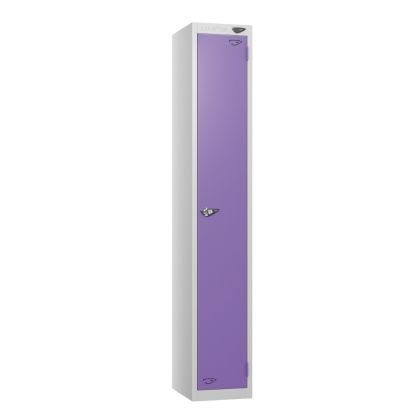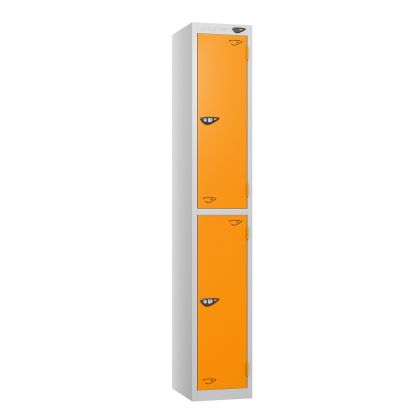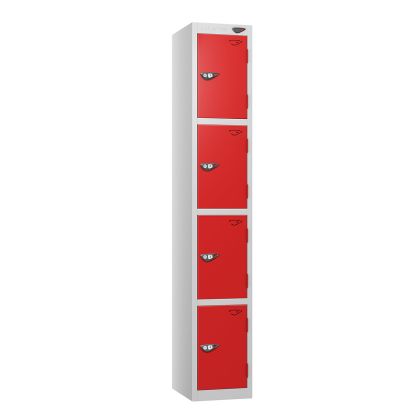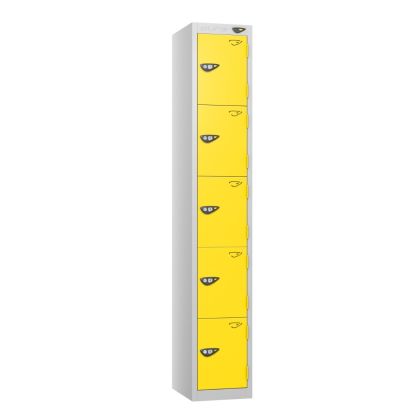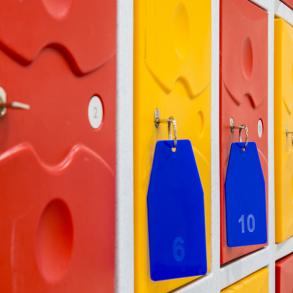There are many types of lockers available, giving a variety of options to the site manager or caretaker. From full-height options to half, three-quarter and quarter-size lockers, they can be installed seamlessly into a number of different spaces including changing rooms in leisure centres, gyms and golf clubs, but also in staff rooms and corporate shower facilities.
However, what you’ll most likely be aware of, is that changing room lockers are used slightly differently depending on the environment. Here we take a look at them.
How lockers are used
In a gym or swimming pool setting, lockers are going to be used for a short period of time, usually the duration of a workout or swim - so an hour or two at most. There may be the odd food or drink spillage, plus the slight build-up of bacteria and sweat from used gym wear, but for the most part, daily sanitisation and clean-throughs is enough to keep them looking and smelling fresh.
In a swimming pool environment, we are going to see a lot more humidity and exposed water to the lockers, meaning we want to ensure they are made from appropriate materials. Solid grade laminate is perhaps the most common choice for wet area lockers, being completely impervious to water. However, in a gold club or member-based sports club, lockers endure a slightly different pattern of use. Members are likely to be allocated a permanent locker where they will leave their clothes and equipment, as well as toiletries. This is often where you will see vented lockers coming into play and without immediate daily access, cleaning needs to be regularly scheduled.
Why do lockers have vents?
Ventilation allows good airflow into and out of your lockers. This helps to prevent bad smells and bacteria from building up but also stops moisture and humidity from developing inside them. This can be caused by damp towels or clothing being left inside, or even food and drink that’s been forgotten about. Usually, it’s metal lockers that have vents in them, this is because excess moisture buildup can sometimes lead to corrosion, particularly if chemicals are in use too, such as in swimming pool situations.
Do all lockers need vents?
Not all lockers need vents these days and it all comes down to the type of usage they receive. Anywhere that lockers are used long term by a user, where the aforementioned damp materials could be left to fester, then ventilation is a very good idea. But secure, short term usage is often perfectly fine with solid surface doors. You will usually find that these lockers don’t have an airtight seal anyway, allowing a gentle flow of air to get in and out of the locker.
If you would like further advice on locker options, or to speak with one of the Commercial Washrooms team, get in touch on 01202 650900.

